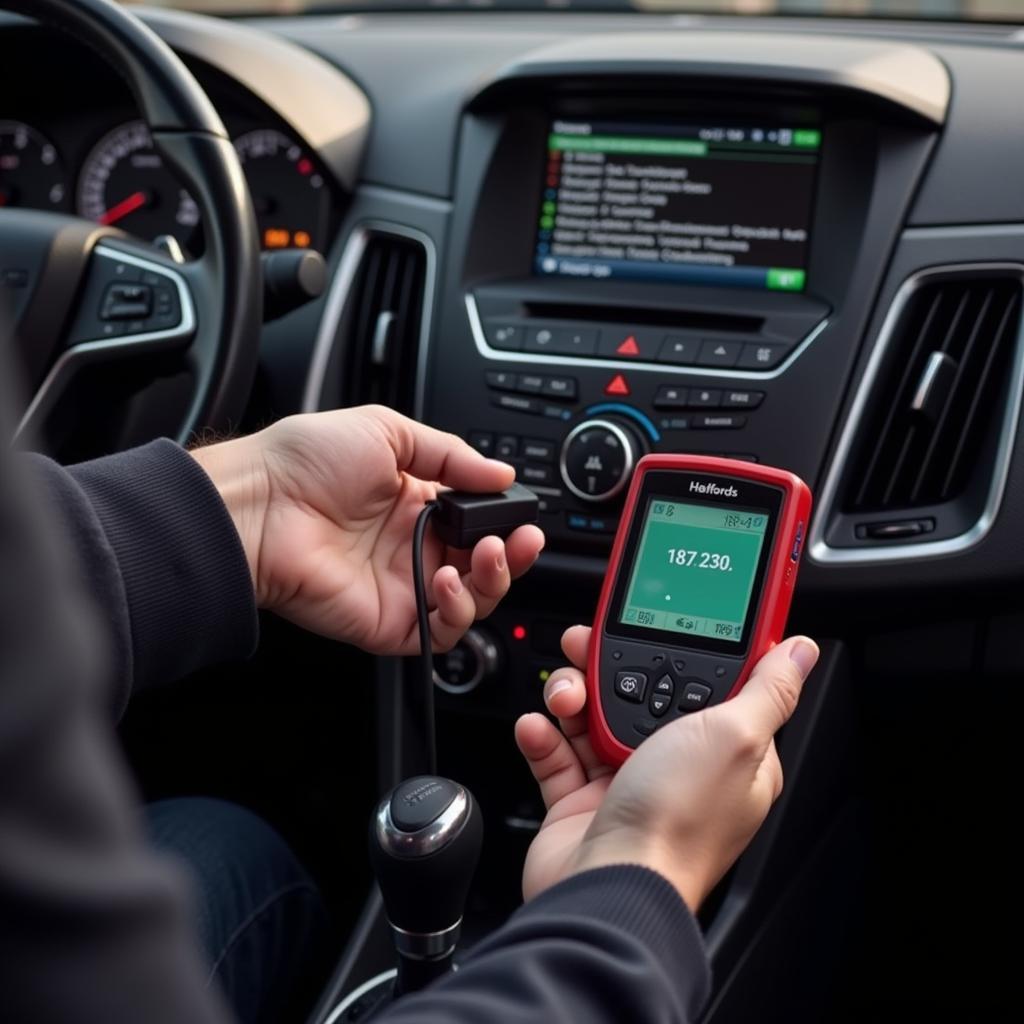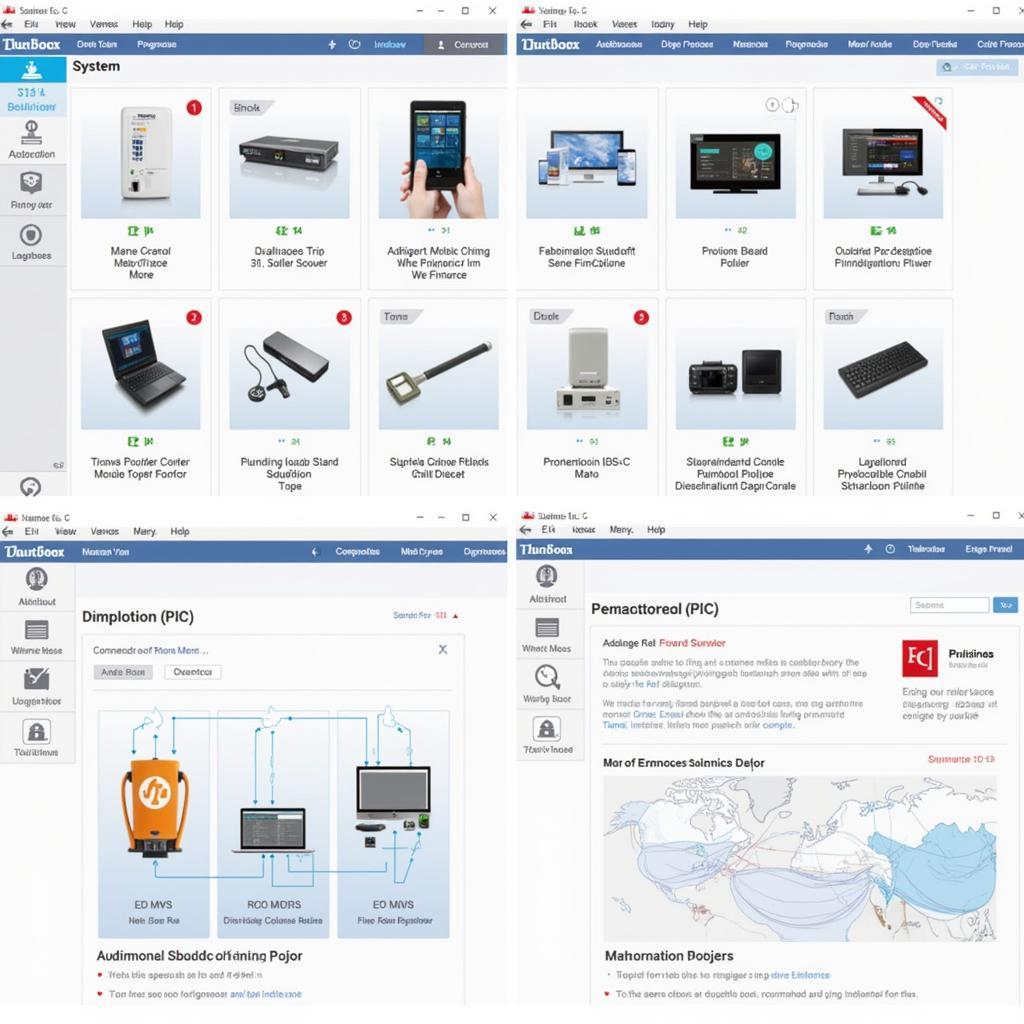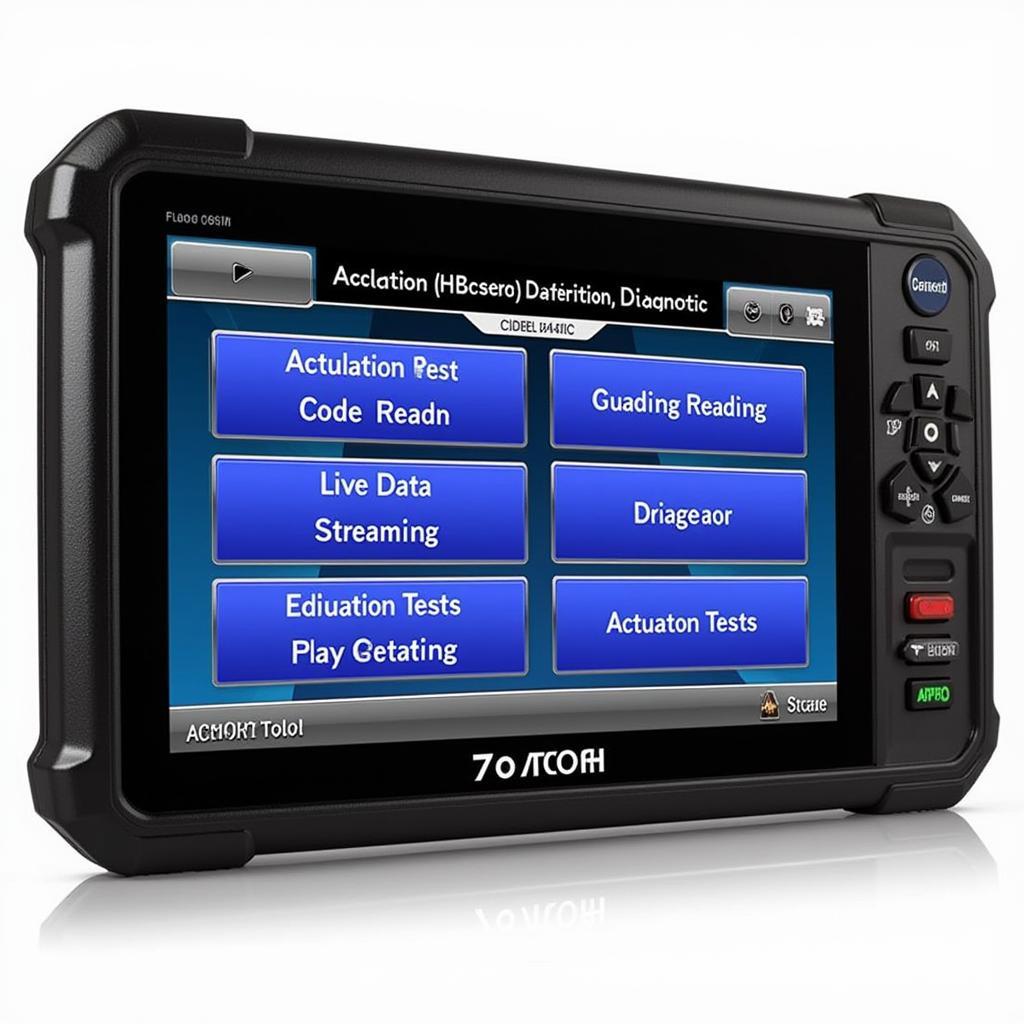Halfords Diagnostic Tools are essential for any car owner or mechanic looking to diagnose and fix car problems efficiently. These tools provide a wealth of information about your car’s health, allowing you to identify issues early on and prevent costly repairs. But with so many different types of Halfords diagnostic tools available, it can be challenging to know which one is right for you and how to use it effectively.
Understanding Halfords Diagnostic Tools
Halfords offers a range of diagnostic tools catering to different needs and budgets, from basic code readers to advanced scan tools.
Types of Halfords Diagnostic Tools:
- OBD2 Code Readers: These are entry-level devices that read and clear basic diagnostic trouble codes (DTCs) from your car’s engine control unit (ECU). They are affordable and easy to use, making them suitable for DIY car maintenance.
- Advanced Scan Tools: Offering a more comprehensive approach, these tools provide live data streaming, advanced diagnostics, and special functions like component activation and ECU coding. They are ideal for professional mechanics or experienced DIYers working on complex car systems.
 Halfords Diagnostic Tools Range
Halfords Diagnostic Tools Range
Choosing the Right Tool for Your Needs:
Consider these factors when choosing Halfords diagnostic tools:
- Your Budget: Basic code readers are budget-friendly, while advanced scan tools offer more features at a higher price point.
- Your Skill Level: If you’re a beginner, an OBD2 code reader might suffice. Advanced users will appreciate the capabilities of a full-fledged scan tool.
- Car Make and Model: Ensure the tool you choose is compatible with your car’s make, model, and year.
Using Halfords Diagnostic Tools: A Step-by-Step Guide
Let’s delve into how to effectively use Halfords diagnostic tools for troubleshooting:
- Locate Your Car’s OBD2 Port: Usually found under the dashboard on the driver’s side.
- Connect the Diagnostic Tool: Plug the tool into the OBD2 port.
- Turn on the Ignition: Turn the key to the “on” position without starting the engine.
- Read Diagnostic Trouble Codes: Follow the on-screen prompts to read any stored DTCs.
- Interpret the Codes: Research the meaning of each code to understand the underlying issue.
- Clear the Codes: After addressing the problem, clear the codes from the ECU.
 Reading Diagnostic Trouble Codes
Reading Diagnostic Trouble Codes
Benefits of Using Halfords Diagnostic Tools
- Early Problem Detection: Identify car issues early on, preventing potential breakdowns and expensive repairs.
- Cost Savings: Diagnose problems yourself and avoid hefty mechanic bills.
- Improved Car Performance: Ensure your car is running smoothly and efficiently.
- Increased Knowledge: Gain a deeper understanding of your vehicle’s health and maintenance needs.
“As a mechanic, I rely heavily on Halfords diagnostic tools for their accuracy and ease of use. They save me time and allow me to provide better service to my customers.” – John S., Senior Automotive Technician
Common Uses of Halfords Diagnostic Tools
Halfords diagnostic tools can be used for a variety of tasks, including:
- Diagnosing Engine Problems: Identifying issues with the engine control unit, sensors, and other engine components.
- Troubleshooting Transmission Issues: Detecting problems with the transmission, such as slipping gears or faulty solenoids.
- Analyzing ABS and Airbag Systems: Diagnosing problems with the anti-lock braking system (ABS) and airbag control module.
- Monitoring Emissions Systems: Checking for problems with the catalytic converter, oxygen sensors, and other emissions-related components.
Tips for Using Halfords Diagnostic Tools Effectively
- Keep the Tool’s Software Updated: Ensure you’re using the latest version for optimal performance and compatibility.
- Consult Reliable Resources: Refer to your car’s repair manual or reputable online sources for accurate code interpretations.
- Don’t Ignore Warning Signs: If your car exhibits unusual behavior, don’t hesitate to use your diagnostic tool to investigate.
 Mechanic Using Diagnostic Tool
Mechanic Using Diagnostic Tool
Conclusion
Halfords diagnostic tools are invaluable assets for car owners and mechanics alike. They empower you to take control of your car’s maintenance, saving you time, money, and potential headaches. By understanding the different types of tools available, learning how to use them effectively, and following the tips provided, you can become a more informed and confident car owner.
For expert advice on Halfords diagnostic tools and assistance in choosing the right one for your needs, feel free to contact ScanToolUS at +1 (641) 206-8880 or visit our office at 1615 S Laramie Ave, Cicero, IL 60804, USA.
Frequently Asked Questions (FAQs)
1. Can I use a Halfords diagnostic tool on any car?
Halfords diagnostic tools are designed to work with a wide range of vehicles. However, it’s essential to check the tool’s compatibility with your car’s make, model, and year before purchasing.
2. What is the difference between an OBD2 code reader and a scan tool?
An OBD2 code reader is a basic diagnostic tool that reads and clears DTCs from the ECU. In contrast, a scan tool offers advanced features like live data streaming, component activation, and ECU coding.
3. Can I fix a car problem myself after diagnosing it with a Halfords tool?
While a Halfords diagnostic tool can pinpoint the problem, the complexity of the repair varies. Simple fixes, like replacing a faulty sensor, might be manageable, while complex issues often require professional help.
4. How often should I use my Halfords diagnostic tool?
It’s recommended to scan your car for potential issues at least once a year or whenever you notice unusual behavior.
5. Where can I get help interpreting diagnostic trouble codes?
You can consult your car’s repair manual, reputable online resources, or contact a qualified mechanic for assistance.



Pingback: Vehicle Diagnostic Tool Halfords: Your Complete Guide - Car Scan Tool